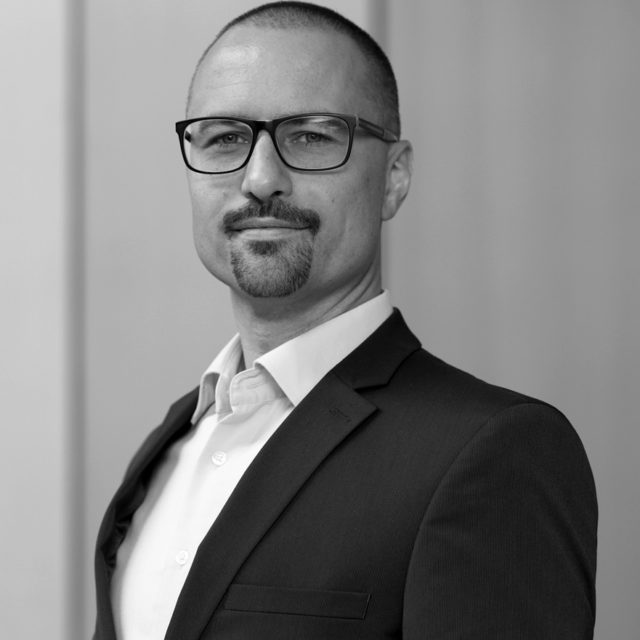Thomas Hoffmann
Linguistic Creativity – A Construction Grammar Perspective
Conferencista
-
Thomas Hoffmann

Thomas Hoffmann
Thomas Hoffmann is Professor and Chair of English Language and Linguistics at the Catholic University Eichstätt-Ingolstadt as well as “Furong Scholar” Distinguished Chair Professor of Hunan Normal University. His main research interests are Construction Grammar, linguistic creativity and World Englishes. He has published widely in international journals such as Cognitive Linguistics, English Language and Linguistics, or Corpus Linguistics and Linguistic Theory. His 2011 monograph Preposition Placement in English as well as his 2019 book English Comparative Correlatives were both published by Cambridge University Press. He is co-editor (with Graeme Trousdale) of the Oxford Handbook of Construction Grammar and currently acts as Editor-in-Chief of the Open Access journal Constructions.
Resumo →
Thomas Hoffmann
Linguistic Creativity – A Construction Grammar Perspective
Creativity is an important evolutionary adaptation that allows humans to think original thoughts, to find solutions to problems that have never been encountered before and to fundamentally change the way we live (e.g., Goldberg 2018; Kaufman 2016; Sternberg 1999; Turner 2014). One particular domain of human cognition that has received considerable attention is linguistic creativity (Hoffmann 2018a,b; Turner & Fauconnier 1999; Turner 2018). Now, Goldberg, e.g., claimed that “[c]onstructional approaches share with mainstream generative grammar the goal of accounting for the creative potential of language (Chomsky 1957: 1965). That is, it is clear that language is not a set of sentences that can be fixed in advance. Allowing constructions to combine freely as long as there are no conflicts, allows for the infinitely creative potential of language.” (Goldberg 2006: 22). Yet, most linguists, including Chomsky and Goldberg, only have a very narrow definition of verbal creativity that, essentially, boils down to productivity (Barðdal 2008). In these cases, speakers make “original use of the established possibilities of the language (Leech 1969: 24; Sampson 2016 calls this “Fixed-creativity”). In contrast to this, too little attention has been paid to “Enlarging/extending-creativity” (Sampson 2016), i.e. when a speaker “creates new communicative possibilities which are not already in the language” (Leech 1969: 24; see also Bergs 2018). In this talk, I will outline a constructionist analysis of linguistic F- and E-creativity that combines insights from psychology as well as cognitive sciences. In particular, I will show how speakers’ personality traits, their constructional networks as well as Conceptual Blending (Fauconnier & Turner 1996, 2002; Turner 2014, 2018) interact in the creation of creative constructions.
